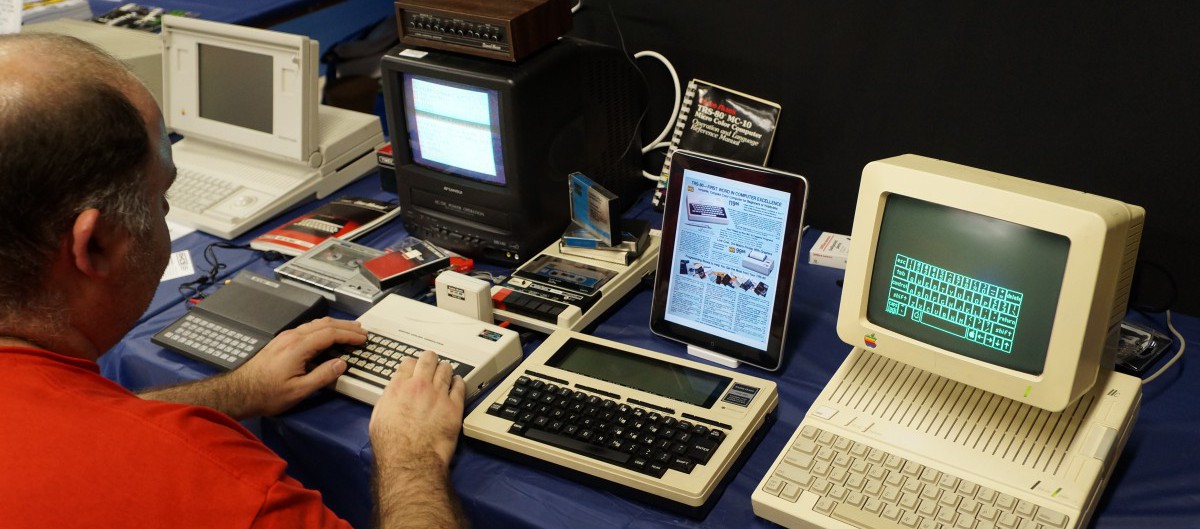For today’s class, you read Chapter 10, Social Networking in Jones and Hafner’s Understanding Digital Literacies. Spend the first ten minutes of class writing a summary of the reading in memo format, save your work, and copy-and-paste it into a comment made to this blog entry. We will have our Twitter project exercise and then discuss the chapter with any remaining time in class.
4 thoughts on “Beginning of Class Writing: Jones and Hafner, Understanding Digital Literacies, Chapter 10”
Leave a Reply
You must be logged in to post a comment.




To: Jason W. Ellis
From: George Gordon
Date: April 19th, 2016
Subject: Chapter 10 Summary
This chapter discusses social networking and defines it as a “web-based service that allows individuals to: 1) construct a public or semi-public profile within a bounded system, 2) articulate a list of other users with whom they share a connection, and 3) view and traverse their lists of connections and those made by others within the system.”
When online communities first appeared, they were rather simplistic. People would meet people online and discuss things they liked in the real world, as opposed to how the networking of today is focused more on connecting with people you know in the real world and making connections through those people.
These networking sites allow us to connect with our real world friends but also allow us to work with those which we have “weak ties” with. These are the people we met once and may not have ordinarily contacted again, however, with social networking we can stay connected to these “weak ties” and they can be helpful to us or become “strong weak ties.”
The internet has also deterred from its initial promotion of anonymity rather, social networks have users promote who they really are. The internet promotes people to share their stories which can have good and bad effects in the present or future and shifts our focus to think more of what is currently happening instead of what has happened in the past. However, this also comes at the expense of privacy even with the options of keeping certain things private as we have no control over what someone else may reveal about us.
To: Jason W. Ellis
From: Ashley A. Dunlap
Date: April 19th, 2016
Subject: Chapter 10 Summary
Chapter 10 discusses the online media based communities, primarily at the time of the book’s creation, Facebook. A social networking site is as a web based service that allows individuals to connect to others. Online social networks changed the nature of online communities in a number of ways:
1. people’s online interactions began to include people from their offline social networks
2.people began to organize interactions that spanned across different social groups
3. people began using their ‘real’ identities in online communication.
Online communications can sometimes amplify cultural divides or differences, what was once a small scale issue can now be shared globally. Discussions about traditions, culture practices and ideology can take center stage. These discussions reinforce values and cultural norms online, however being online gives users the ability to share their views on other cultural norms, sometimes creating controversy sometimes creating smaller or sub groups of larger communities.
To: Jason W. Ellis
From: Rownak Choudhury
Date: April 20th, 2016
Subject: Chapter 10 Summary
Strong ties, Weak ties, Strong-Weak ties were the main terms to look out for in this chapter as these help us to understand and evaluate social networking systems better. These social networking sites have evolved from anon-based communities to worldwide-connecting networks like Facebook. Strong ties are associated with people you know well. Weak ties are associated with people you do not know too well. And Strong-Weak ties are associated with people you do not know well but have mutual connections with through a Strong tie of yours.
Another term to look out for are Mavens and Connectors. Mavens are people who provide something useful via online interactions while connectors help to organize the exchange of goods and services between people in the Online platform. My first reaction upon reading about these terms was to connect it to professional networking, which is becoming something of extreme necessity now that we are living in a digital age.
To: Professor Ellis
From: Christopher Navarrete
Date: April 21, 2016
Subject: Chapter 10 Summary
Chapter 10 discusses the literacy practices that have developed around online social networking sites like Facebook and Twitter. These social networking sites allow individuals to create relationships with users via their public or semi-private profiles. Before Facebook and Twitter were conceived, many questioned the legitimacy of those relationships because it mostly consisted of online friends. They believed it lacked the strong social ties and opportunities that characterized real world communication. This belief would die down after the release of several free instant messaging clients, including ICQ, AOL, and MSN. These clients gave people the ability to talk in real time to not only their online friends, but their offline friends as well.
Years later, free instant messaging clients and early social networking sites such as Classmates.com “brought a number of changes in the way people conceived social organization of online groups.” Individuals were now able to create relationships with their offline friends, organize their friends into groups according to interest and connections, and present their ‘real selves’ rather than appearing anonymous.